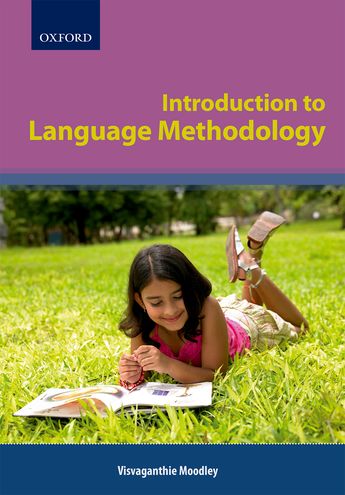Introduction to Language Methodology provides an understanding of basic concepts necessary for language teaching in South Africa. It engages student teachers and practising teachers in a practical and interactive way with key issues such as language acquisition and language learning, language attitudes, code-switching as a teaching strategy, assessment for learning, and managing group work. While the focus is on English learning the concepts and strategies explored are applicable to other languages used in the classroom.
Introduction to Language Methodology offers a hands-on approach to the development of thinking in the classroom. It demonstrates how questions should be scaffolded for cognitive development to take place and explains how educational taxonomies work in practice. Real-life examples of code-switching from isiZulu and Afrikaans classrooms are used to illustrate the practical benefits of code-switching in multilingual classrooms.
Features
- chapter objectives
- illustrations and diagrams to enhance visual learning
- concept definitions for difficult terms, collated in a glossary
- numerous activities including group, pair and individual activities
- engaging literary extracts.
Part 1: Language
1Chapter 1: Learning a language
2The multilingual classroom and language attitudes
3Code-switching in the language classroom
Part 2: Assessment for learning in the language classroom
4Classroom questioning: some theoretical understandings
5Assessment for learning: critical thinking and critical reading
6Assessment for learning: understanding key literary concepts
Part 3 Organising groups to facilitate learning
7Group work in action
The book is suitable for Education students taking first-year courses in English language methodology and in Language methodology for Intermediate, Senior, and FET phase. It will be particularly useful for courses which focus on how to use assessment as a learning tool, on multilingualism and code-switching, and will be beneficial to practising teachers.
